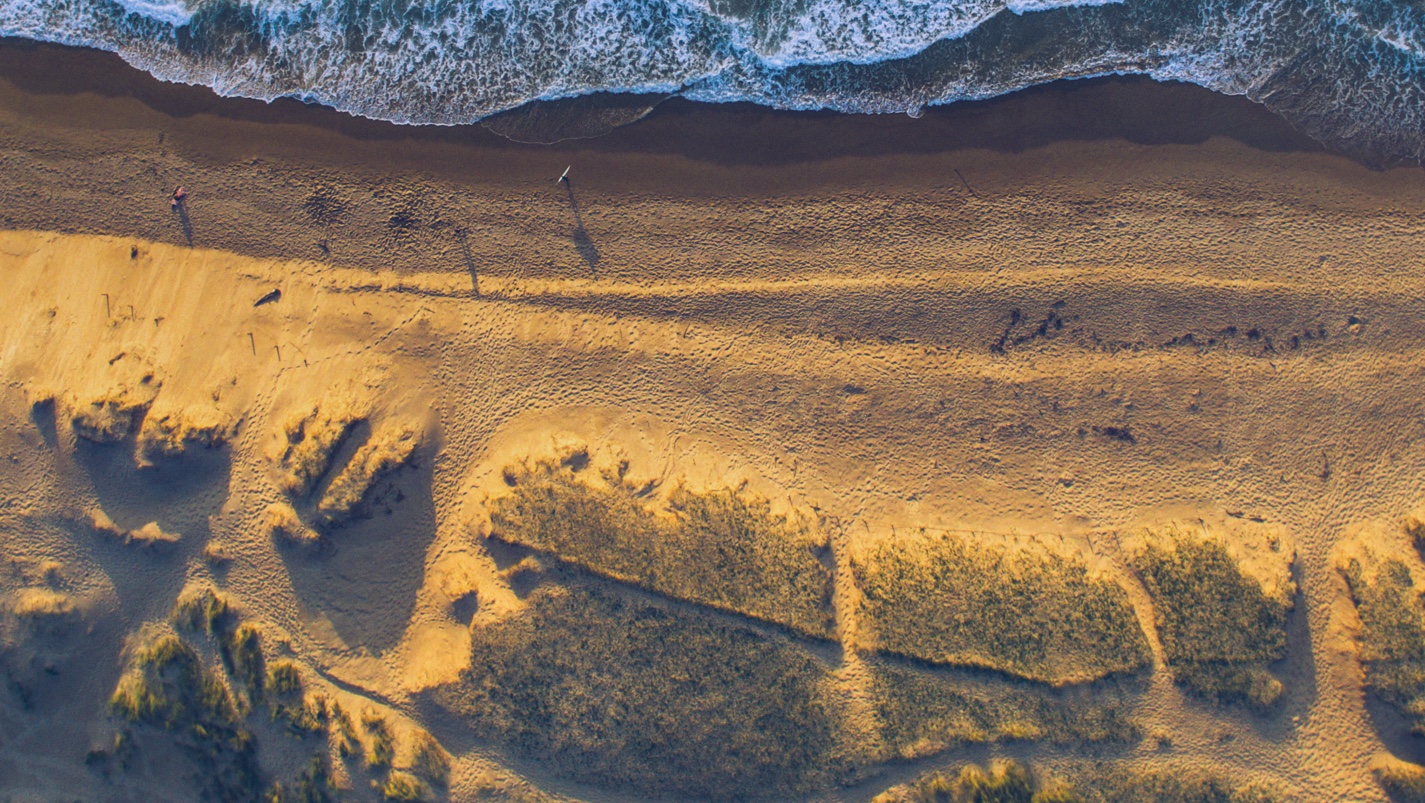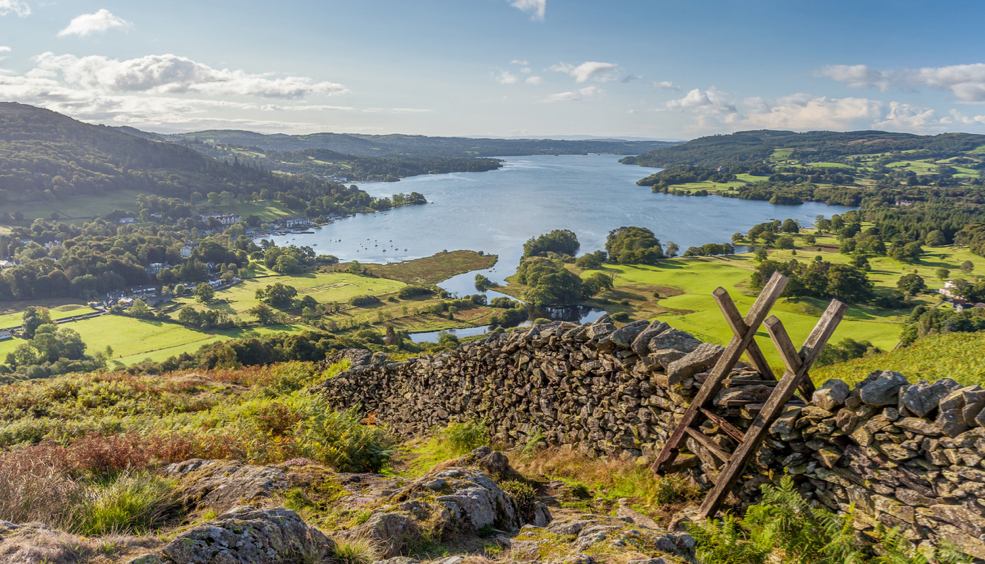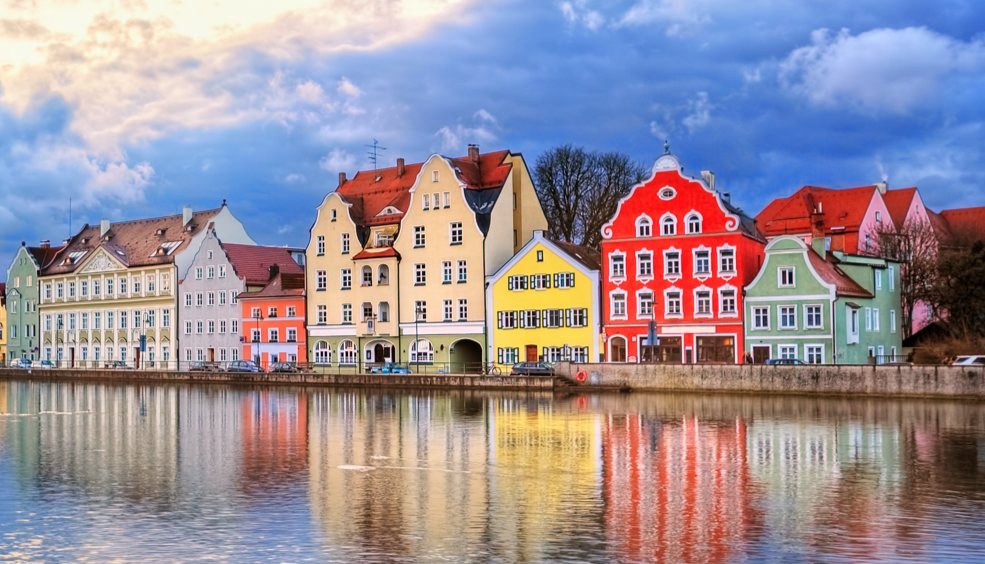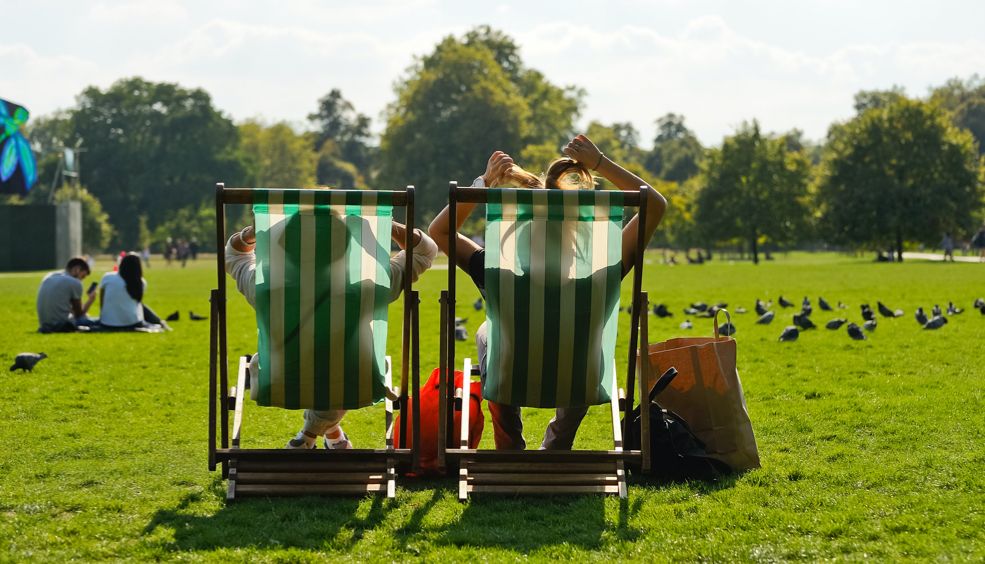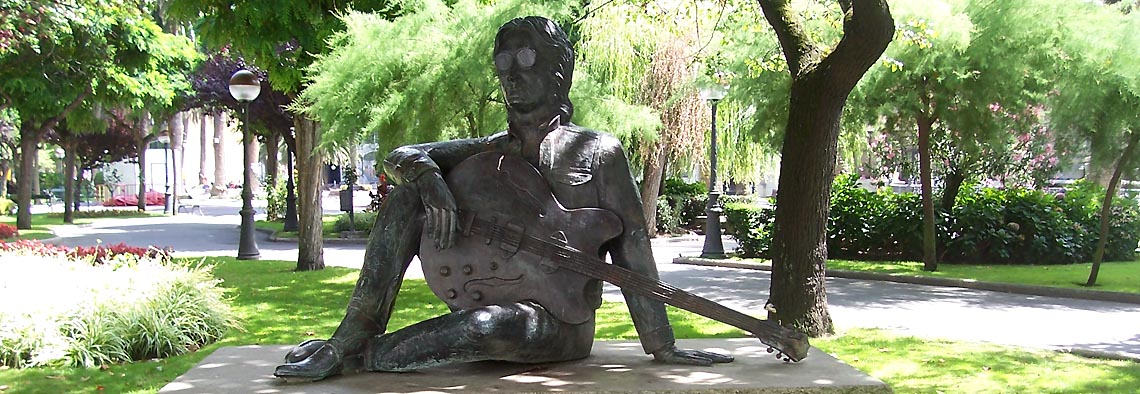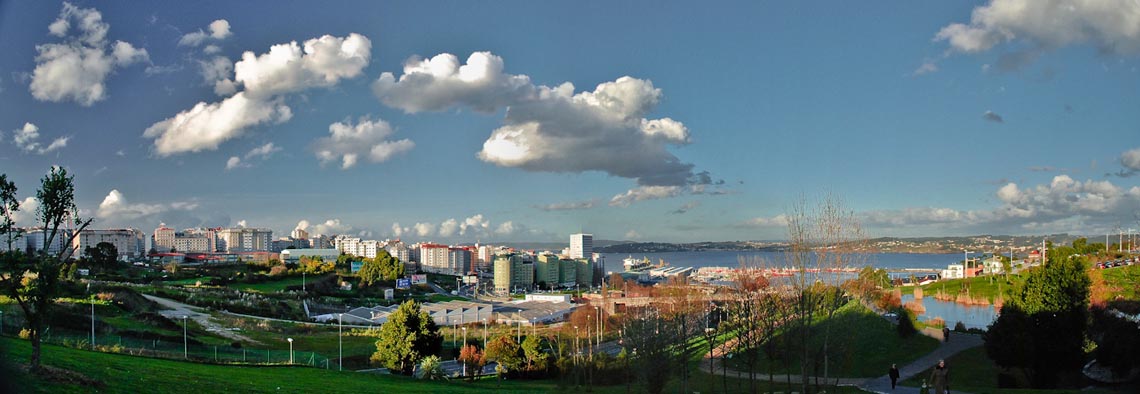Touring the Albaicín
27 May, 2016
A maze of cobbled streets where you can easily get lost; white houses, prominent among them the traditional cármenes (Moorish-style houses); historical vestiges which transport us back to their Moorish origins, and what are possibly the best views of the Alhambra, make the Albaicín a must-visit quarter for sightseers in Granada. In short, while on one bank of the river Darro stands the main reason for visiting this beautiful city – the Alhambra and Generalife – on the other bank lies the other reason for coming here – the Albaicín.
Our first piece of advice when visiting this quarter of Moorish Andalusian origin is that you should take things leisurely, as it is packed with captivating, inspirational nooks and crannies that need time to soak up. Not for nothing was it designated a UNESCO World Heritage Site in 1994.
Traces of its Moorish Past
Its steep, narrow, winding streets, where you can easily lose your bearings, is one of the first signs of the quarter’s Moorish past. But, there are many other reminiscences of what was one of the Albaicín’s periods of greatest growth and splendour – the Nasrid dynasty. These include the 11th-centuryZirid Wall,which runs between the Albaicín and neighbouring Sacromonte, the entrance gates, like those of Puerta Nueva (New Gate), Arco de las Pesas (Gate of Weights)–located in the Plaza Larga –Puerta de Fajalauza,on the Cuesta de San Gregorio Alto, and Puerta de Elvira, on the street of the same name. Similarly, the 11th-century Arab Baths, on the Carrera del Darro, known locally as the Bañuelo or “Little Bath”, and the Palace of Dar al-Horra, the 15th-century residence of Boabdil’s mother and queen. Even some of the local churches feature surprises from the past, as in the Church of San Salvador, located in the Plaza de Abad, the interior of which features an ablutionary font from the former Great Mosque of the Albaicín.
Also from those times are vestiges of former water distribution channels and the aljibes (cisterns), of which twenty-five still remain, notably the Aljibe del Rey (King’s Cistern), located between the Zirid Wall and the Placeta del Cristo de las Azucenas.
Another of the Albaicín’s traditional buildings are the so-called cármenes granadinos, which also date from the Nasrid period. This type of Moorish house is typically free-standing and surrounded by a high wall, with a small orchard or garden inside. A noteworthy example is the Carmen de Aben Humeya, on the Cuesta de las Tomasas, which is now a restaurant.
To round off this venture into the past, we recommend visiting the streets of Calderería Vieja and Calderería Nueva, in the lower part of the quarter. They are lined with shops and tea houses with a special charm that will transport you to the lands lying south of the Strait of Gibraltar.
The Finest Sunsets in Granada
One thing you simply must do in this city is head for one of the miradores or vantage points in the Albaicín to watch the sun setting, as the views are really stunning. The two best and most popular lookouts are the Mirador de San Cristóbal, said to afford the finest vistas of the Alhambra and Generalife, the Vega of Granada and the Sierra Nevada, and the Mirador de San Nicolás, which became popular after a visit to the city by Bill Clinton. However, be prepared for the crowds, as throngs of people tend to come here to enjoy the dusk sights.
Succumb to the charms of one of Granada’s most beautiful quarters – check out your Vueling here.
Text by Los Viajes de ISABELYLUIS
Images by Rocío Garro, Alper Çuğun, Isa Ruiz, Julia Kostecka, Esteban Chiner
27 May, 2016

